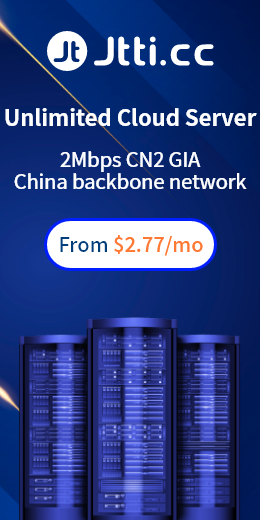Cloud native and serverless are both important concepts in the field of modern cloud computing, and there is a close relationship between them. Cloud native is a method of building and running applications, which maximizes the advantages of the cloud computing model. Cloud native applications are generally containerized with open source stack and are based on microservice architecture to improve flexibility and maintainability. Support continuous iteration and operation and maintenance automation with DevOps, and use cloud platform facilities to achieve elastic scaling, dynamic scheduling, and optimized resource utilization.
Serverless is a cloud computing model that supports developers to build and run applications without having to manage the underlying server infrastructure. Serverless does not mean that there is no server, but server management and resource allocation are completely responsible for cloud server service providers, and users only need to focus on their own business and work.
Cloud native is a culture and methodology that encompasses a range of technology practices such as containers, microservers, service grids, and more. It is mainly used to help enterprises build and run applications in a cloud computing environment. Serverless is an implementation of cloud native, representing a level in the cloud native technology stack, especially in computing resource management. Serverless architecture allows developers to build and run applications without knowing the underlying server. So is the goal of cloud native, to maximize the benefits of the cloud.
It can be said that serverless is part of cloud native, and together with other cloud native technologies, it drives flexibility and automation in application development. Serverless further simplifies the use and management of cloud resources with an event-driven and pay-as-you-go approach. Serverless is a technical way to realize the cloud native concept, allowing developers to focus more on business logic implementation, deliver infrastructure management to cloud service providers, further improve development efficiency, reduce operation and maintenance complexity, and optimize the use of resources.
There are several steps and practices involved in a smooth migration to cloud-native applications. Such as needs assessment and goal setting. Conduct an analysis of business needs, identify goals and expected success, conduct a cost-benefit analysis, and evaluate migration costs and potential benefits.
Choose the right cloud server provider for your business, based on metrics such as technology, experience, and price. Specify a detailed migration timeline and plan to identify potential risks and develop a response strategy. Set up your cloud environment, including network, storage, and compute resources, and select the appropriate migration tools and technology stacks.
Use batch or incremental migration to migrate data. Adjust the application architecture according to the selected migration strategy. Ensure the functional integrity of the migrated application and check the response time and stability of the system. Deploy in a small area first, and then gradually expand the scope. Perform tuning and upgrade as required. Split a single application into multiple microservices to ensure that the responsibilities and interfaces of each microservice are normal.
Packaging applications and dependencies through containerization ensures consistency across environments. And deploy containerized microservices to the cluster. Automate the build, test, and release of applications with CI/CD using load balancing technology. Use cloud server log services and monitoring services to collect and analyze application logs. It can manage cluster resources in fine detail to ensure data security and system stability. The collaboration and communication between services are realized through API. Through these steps, enterprises can smoothly migrate to cloud-native applications, improving operational efficiency and system reliability.

 EN
EN
 CN
CN









